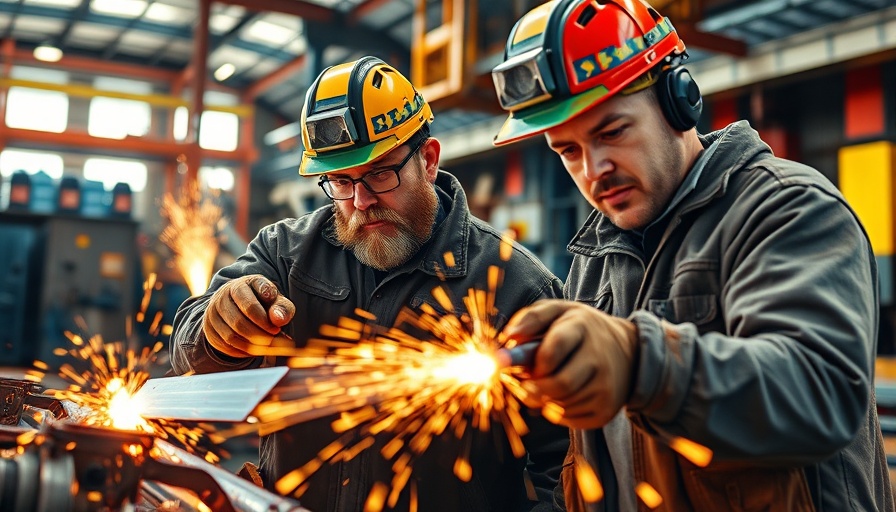
Understanding the EU's Clean Industrial Deal: Ambition vs. Action
In late February 2025, the European Commission has unveiled its highly publicized Clean Industrial Deal, a comprehensive legislative package aimed at facilitating the transition of heavy industries, notably steel and cement, toward net-zero emissions. This initiative is intended to bolster the EU's clean technology sector and enhance its competitiveness in a rapidly changing global landscape. However, as green organizations scrutinize the package, a stark contrast emerges between lofty ambitions and the realities of implementation.
The Missing Piece: Environmental Accountability
While the Clean Industrial Deal is ambitious, critics argue that it lacks a crucial component: rigorous environmental accountability. According to Christian Schaible, head of zero pollution industry at the European Environmental Bureau, the legislation appears to cater more to fossil-fuel-dependent industries than to comprehensive environmental responsibility. By reportedly easing environmental reporting requirements for smaller businesses, the EU risks allowing polluters significant leeway under the guise of economic progress.
A $104 Billion Commitment: A Closer Look
The EU has promised to establish an industrial decarbonization bank, allocating approximately $104 billion in public funds. This ambitious financial push aims to leverage an additional $416 billion from private investors. Yet, what remains unclear is how quickly these funds can be mobilized to create tangible changes in industries that are perceived as polluters. Will this funding genuinely transform operations or merely serve as a financial band-aid?
Comparative Perspectives: What Other Experts Say
Organizations like the World Resources Institute (WRI) have cautiously welcomed the Clean Industrial Deal. They acknowledge its potential but emphasize that its success hinges on specific details that are yet to be fully outlined. VP Stientje van Veldhoven noted that while the overarching goals are commendable, there is concern about the potential delay and modification of the Carbon Border Adjustment Mechanism (CBAM), which could undermine progress. The calls for clarity on reducing energy consumption and promoting circular economy principles resonate deeply in this discourse, further illustrating the need for a balanced approach.
Public Health Implications: A Topic of Urgency
Amid discussions of industrial transition and economic feasibility, experts are also pushing for a strong focus on public health. The European Public Health Alliance has highlighted that the Clean Industrial Deal must address pollution and climate impacts on health. Without robust measures aimed at reducing emissions and pollutants, the Deal risks serving an industrial future fraught with health consequences for citizens.
The Path Forward: Finding Common Ground
The future of the Clean Industrial Deal and its role in Europe’s industrial revolution remains uncertain. Stakeholders, including industry players, public health advocates, and environmental groups, must work collaboratively to ensure that industrial policies align with climate goals as well as public health imperatives. This necessitates inclusive decision-making and accountability measures to safeguard both environmental integrity and the well-being of populations concerned with air quality and health impacts.
The EU's Clean Industrial Deal represents a crucial step toward a sustainable future, but its real impact will only be seen if action aligns with the high-stakes rhetoric. Only time will tell if this legislation can indeed drive a genuine transition toward decarbonization and industrial responsibility beyond mere ambitions.
 Add Row
Add Row  Add
Add 



Write A Comment